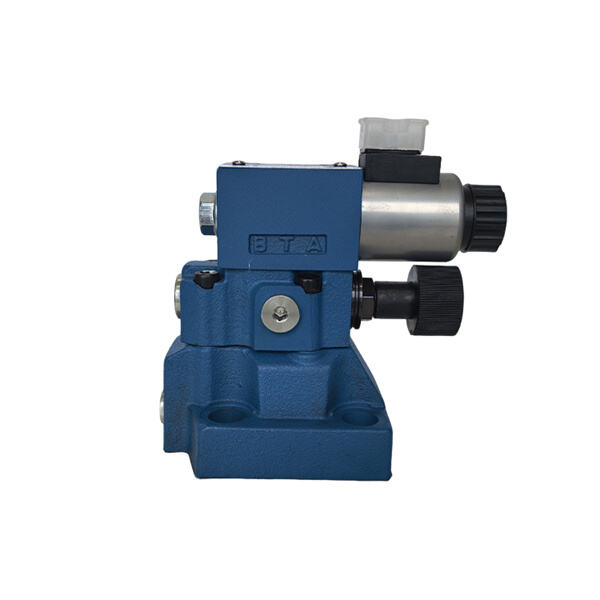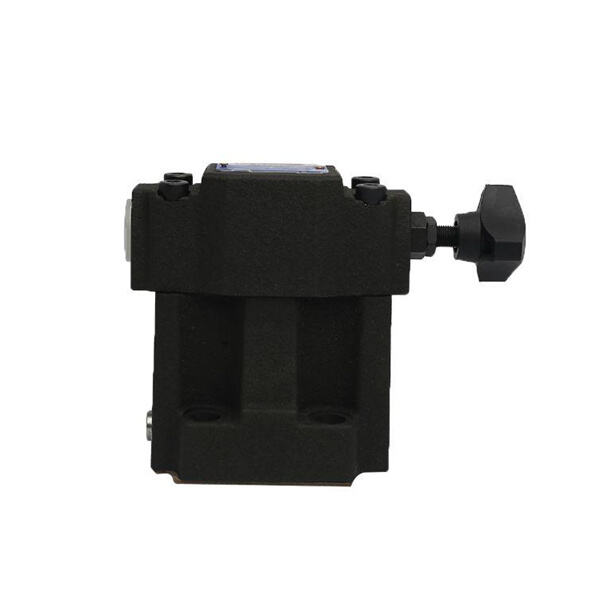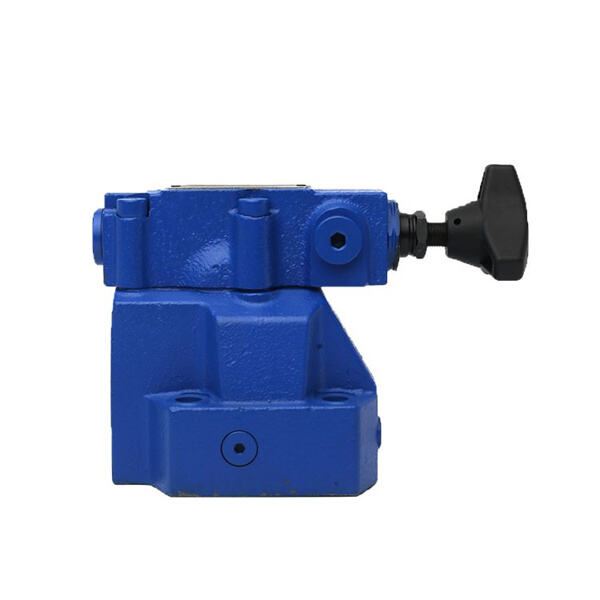The importance of a relief valve when controlling pressures is important when it comes to the safety and the functioning of industrial machinery. A relief valve is a lot like a savior to equipment, it jumps in and rescues the equipment when pressure reaches an unsafe level. Let’s take a closer look at the world of relief valves and their importance in the wide range of sectors.
This is where a relief valve saves the day. It also serves as a safety feature by venting when there is too much pressure, so instead of causing a dangerous situation, this turns an additional valve on the allow overpressure to vent. By doing so, the relief valve acts as a safety feature to guard the equipment as well as the people working near it.

Think of it as a bouncer that permits only so much pressure to get past. If that gets breached, the relief valve goes into operation to keep the system at a safe operating level. This procedure is necessary to prevent the equipment from overpressure and to make sure it can work well.

Hydraulic systems often utilize pressure relief valves to safeguard pumps, motors, and other appurtenances from pressure beyond their design limit. Safety valves are frequently used as a type of safety valve in steam systems and other low-temperature and small-volume wet steam system, to prevent the explosion of a pressure vessel such as a steam boiler. In the more complex systems, pilot-operated relief valves are used, which provide more accurate pressure control.

Just like a 4-way superhero relief valve needs regular maintainance to keep performing at it's best. Periodic checks and testing is crucial to ensure the valve performs as required. There are a few maintenance steps to follow in order to keep your relief valve in good working condition.